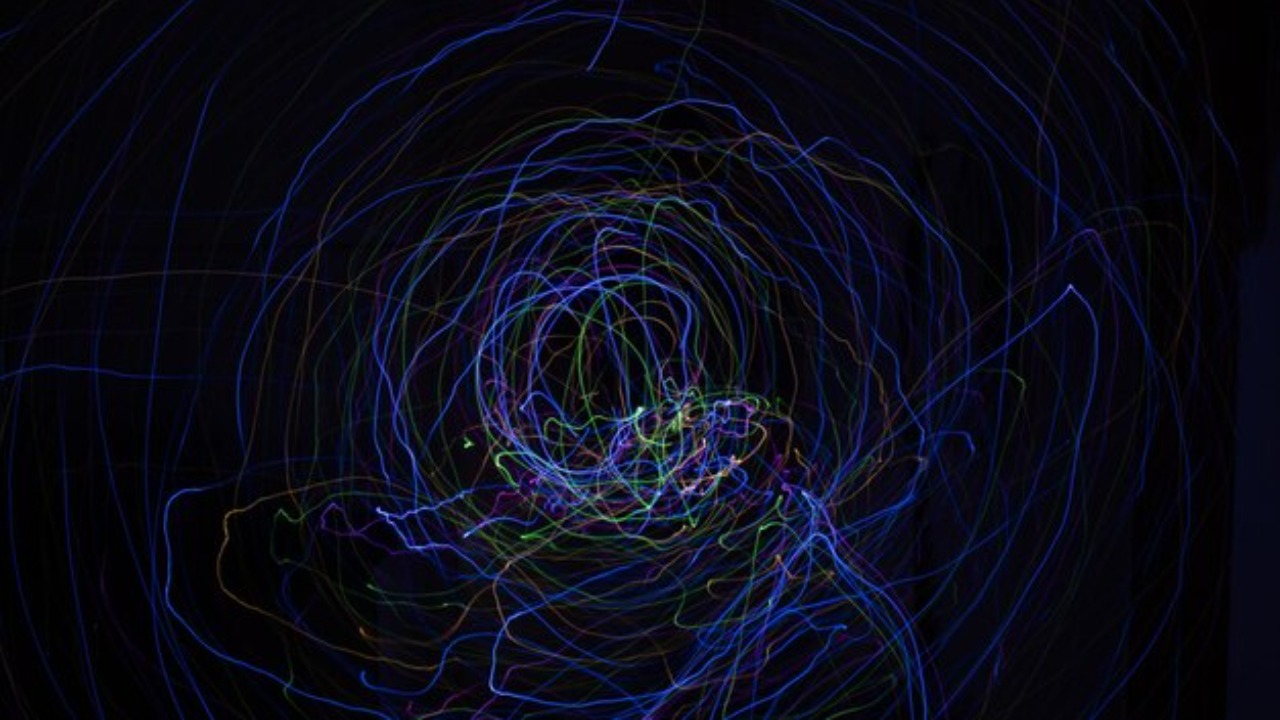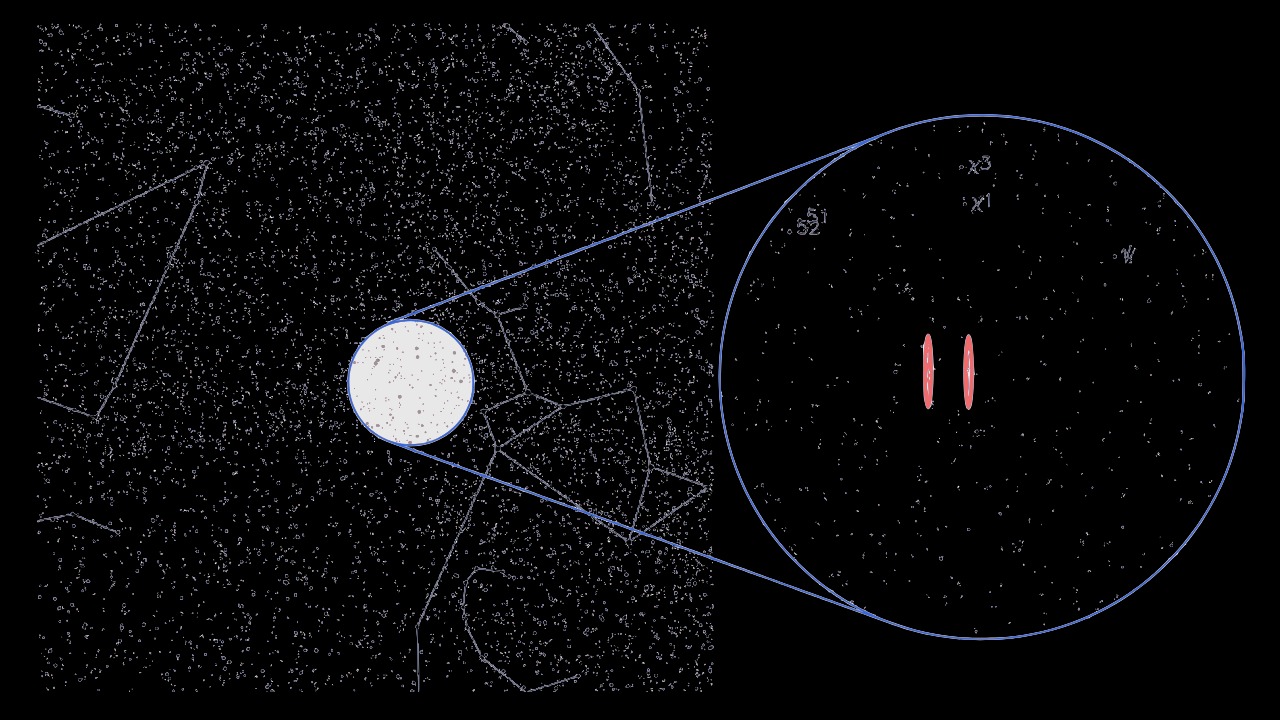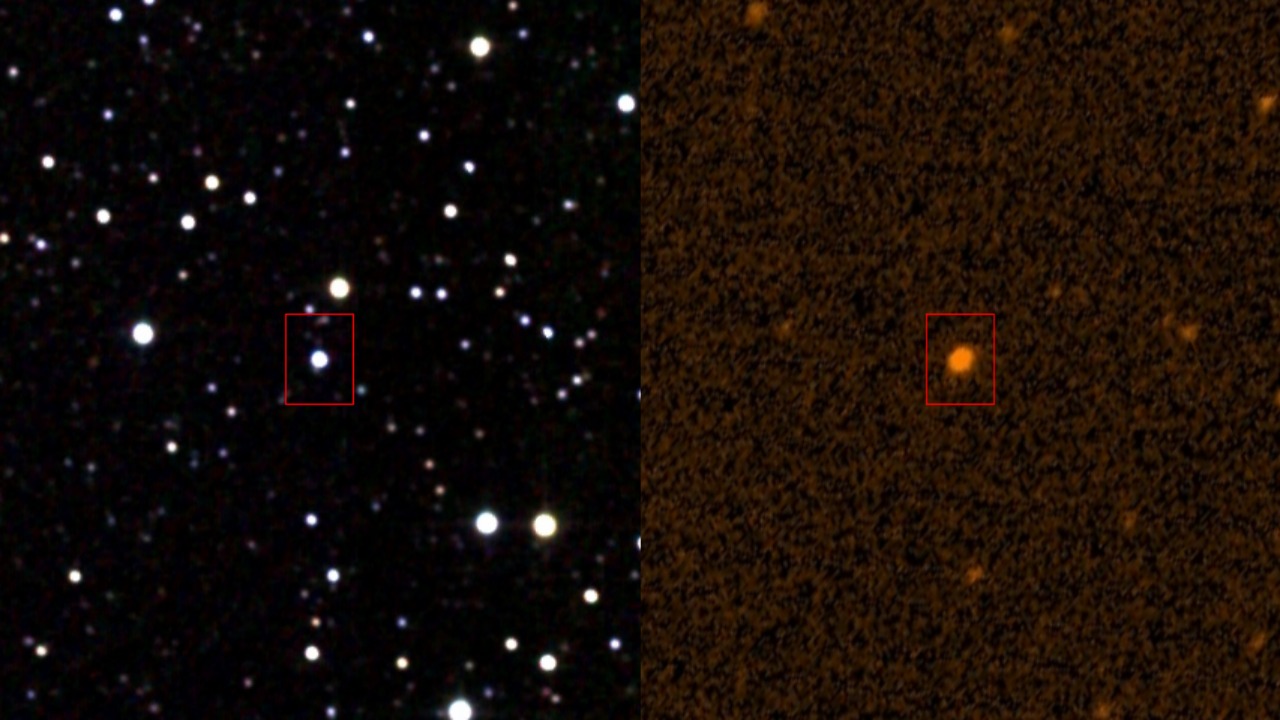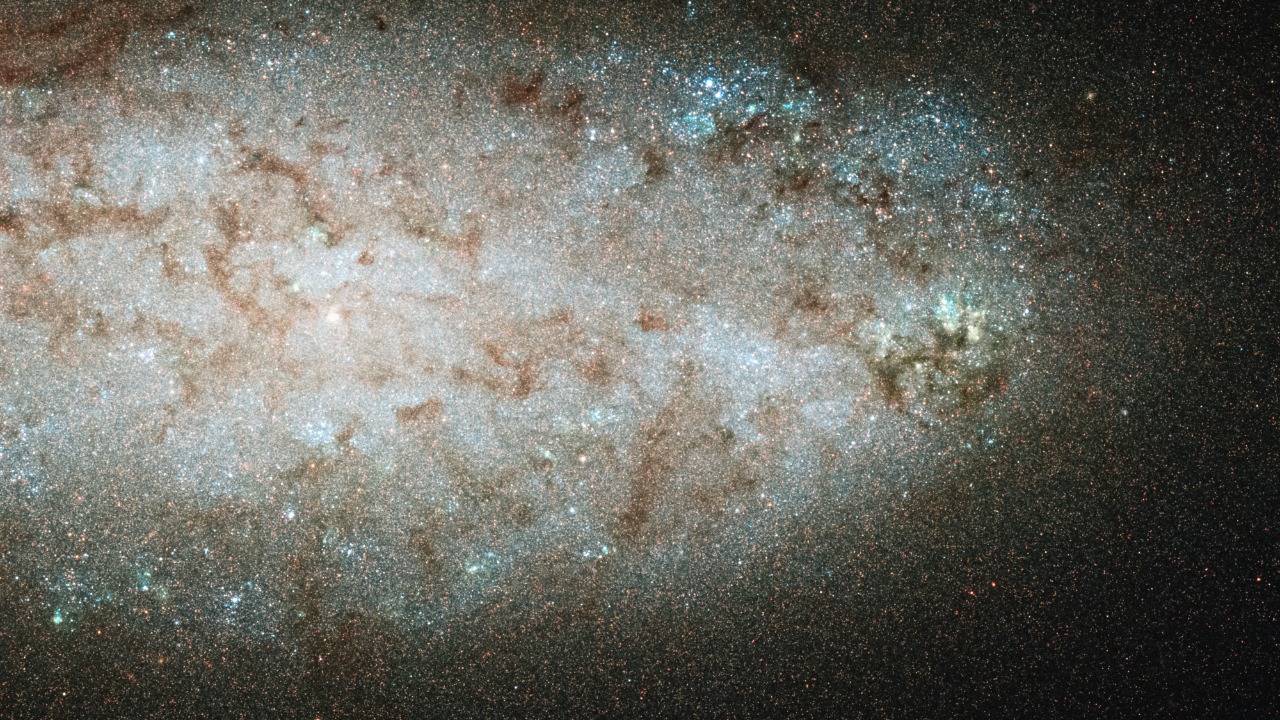
Deep space is filled with mysterious signals that have puzzled astronomers for decades. Each unexplained signal brings new insights and challenges to our understanding of the universe. From rapid radio flashes to unexplained dimming of distant stars, these phenomena continue to intrigue both scientists and enthusiasts. Here are five of the strangest signals from deep space explained.
Fast Radio Bursts (FRBs)

Fast Radio Bursts are extremely short-lived bursts of radio waves originating from distant galaxies. These signals last only milliseconds, yet they emit more energy than the sun does in a day. The origin of FRBs remains uncertain, though they are believed to be associated with neutron stars or black holes. Recently, researchers have discovered that some FRBs repeat, suggesting they may come from a source that survives each burst. This repetitive nature has allowed scientists to pinpoint their locations more accurately, offering vital clues to their origins.
The Wow! Signal

The Wow! Signal was a one-time radio signal detected in 1977 by the Big Ear radio telescope at Ohio State University. This 72-second signal showed characteristics that matched what scientists expect from an extraterrestrial source. Despite numerous attempts to replicate the signal, it remains unsolved. Various theories have been proposed, including the possibility of it being a natural astrophysical phenomenon or a signal from intelligent extraterrestrial life. However, without further evidence, the Wow! Signal remains a captivating enigma.
Tabby’s Star Dimming

Tabby’s Star, or KIC 8462852, has baffled astronomers with its unusual dimming patterns. Unlike regular stars that have consistent brightness, Tabby’s Star experiences significant and irregular drops in brightness. These unusual patterns led to speculation about a potential “alien megastructure” obstructing the star’s light. However, further studies suggest the dimming could be caused by a large cloud of dust or debris surrounding the star. Despite these findings, the true cause remains uncertain.
The Lorimer Burst

The Lorimer Burst was the first discovered Fast Radio Burst, detected in 2007. Named after its discoverer, Duncan Lorimer, this signal was so powerful that it initially seemed like an anomaly. Further investigation confirmed its authenticity, sparking a search for similar signals across the cosmos. The nature of the Lorimer Burst and subsequent similar signals has led scientists to consider various sources, including neutron star collisions and black hole activity. This signal continues to be a focal point in the study of fast radio bursts.
The Galactic Center Mystery Signals

Mysterious radio signals emanating from the center of our galaxy have intrigued scientists for years. These signals do not fit the profile of any known astronomical objects, leading to speculation about their origins. Some researchers suggest they could be caused by exotic particles or unknown astrophysical phenomena. Others propose they might be linked to the supermassive black hole at the galaxy’s center. As technology advances, scientists hope to unravel the mystery behind these intriguing signals.